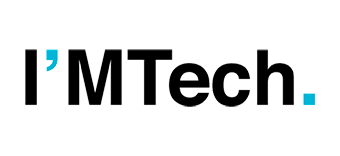
Designing differently for a sustainable future
Energy & environment, In the NewsOvercoming the limitations of design focused solely on reducing impact and reconsidering how we design products and systems: this is the goal of the Design for Strong Sustainability © (DfSoSy) methodology. This approach, developed by a research team at Mines Saint-Etienne, sets out to place the concept of strong sustainability at the core of design.

Electric aviation taking off with DISC-AER
Energy & environment, In the NewsDesigning electric aircraft to be light, energy-efficient and even sustainable? This is what Mines Saint-Étienne and the start-up EENUEE aim to do, through the LabCom DISC-AER joint laboratory, with the development of a new-generation aircraft to facilitate interregional travel. Thanks to an innovative architecture and new generation thermoplastic composites, this project is completely reinventing aircraft design, production and maintenance.

Towards a moral code in reindustrialization
In the News, Industry, SocietyReindustrialization is a major issue in France, that requires industrial models to be redesigned so that they are more ethical, sustainable and locally rooted. What are the challenges to face in this transition in terms of responsibility, the impact of digital technology and the role of local authorities? Pierre-Antoine Chardel, Professor of Social Sciences and Ethics at IMT Business School, sheds light on this topic.
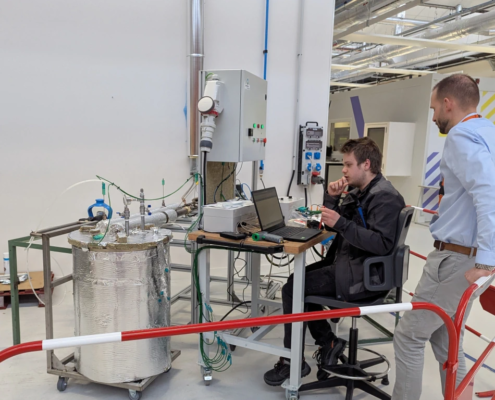
Thermal storage spearhead Wallace Technologies
Energy & environment, In the News, Start-up-enBenjamin Dupas founded the start-up Wallace Technologies in Clermont-Ferrand in 2020. He was joined in 2024 by Pauline Chanin Lambert, a researcher at Mines Saint-Étienne, while he was working on a research contract there. These two professional engineers aim to revolutionize energy storage using thermal batteries, offering a model that is both efficient and sustainable.

Alhomna Systems promotes solar energy
Energy & environment, In the News, Start-up-enThomas Delapierre lived in Australia for many years and witnessed the environmental devastation facing the country: forest fires, floods, and other natural disasters that are enough to cause eco-anxiety. This personal experience led him to set up a project "that would ensure a minimum standard of living for everyone," the start-up Alhomna Systems. Founded in 2023, it seeks to transform wet waste into valuable resources using solar energy technology: SolarDry.

Greenhouse gases: Mirega sets its sights on
Energy & environment, In the News, Start-up-enInvisible leaks, massive emissions: measuring greenhouse gases in the field remains a challenge. Mirega, a young start-up backed by high-level optical expertise, is developing a miniature infrared sensor designed to go where other instruments cannot. This technology is designed to meet growing demands in terms of detection, mobility, and climate.
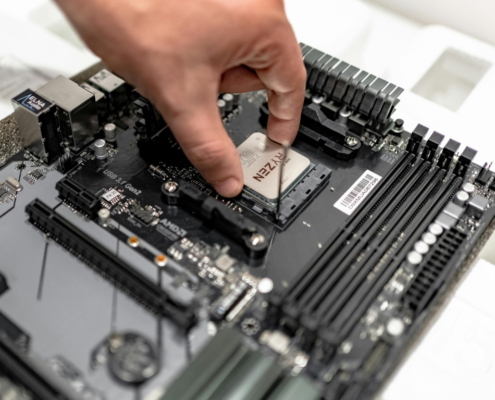
The macro-threats of microarchitectures
Digital, In the NewsProcessor vulnerabilities are no longer limited to the microarchitecural flaws identified in recent years. They now extend to different contexts and directly affect our digital uses. Faced with these increasingly widespread threats, research in security is mobilizing and multiplying approaches to better understand and address them. Maria Mushtaq, researcher at Télécom Paris and organizer of the MICSEC Winter School, sheds light on these developments and the challenges of a field in full transformation.
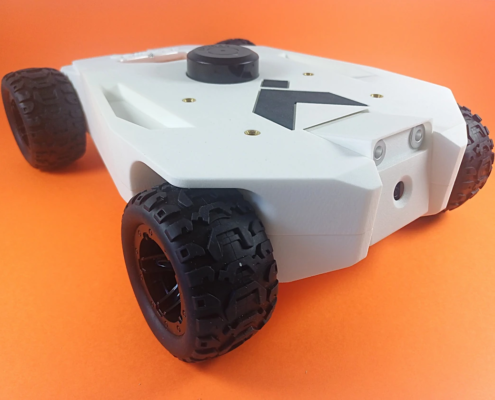
Renardo lays its cards on the table in embedded electronics
Digital, In the News, IndustryDeveloping an embedded electronic solution in a matter of weeks rather than years: that's the challenge taken up by Renardo, a young start-up incubated at IMT Atlantique. Born out of the industrial and educational experience of its two founders, the start-up offers a modular ecosystem combining hardware and software. The aim is to increase responsiveness and democratize electronic innovation, while meeting industry requirements.
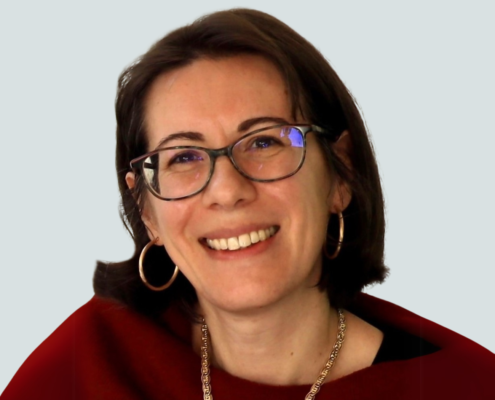
Valérie Forest: from a desire to be useful to global recognition
Health, In the News, PortraitValérie Forest, a professor at Mines Saint-Étienne, was recently recognized as one of the most influential scientists in the world, according to the “Stanford/Elsevier’s Top 2% Scientists” ranking. Originally from Saint-Étienne, she conducts applied research into the biological activity of inhaled particles, while also running the school's Biomedical Engineering Major. Close up on a researcher who just wanted “to be useful”.
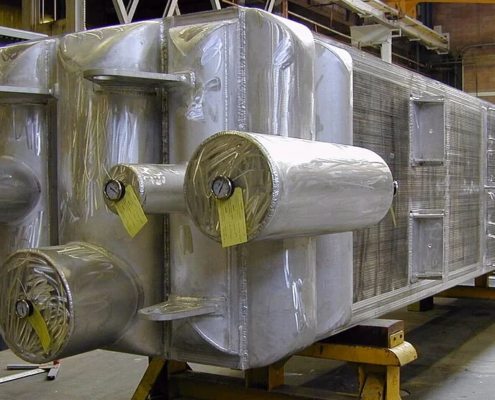
Liquefying hydrogen: a challenge to the last grain
In the News, IndustryLiquefaction is a key stage in the use of hydrogen as an energy vector. The HyGen project aims to remove the technological obstacles surrounding this process in the context of decarbonized transport. At Mines Saint-Étienne, two researchers are putting their powder expertise into designing the future cryogenic heat exchangers required for storage.
